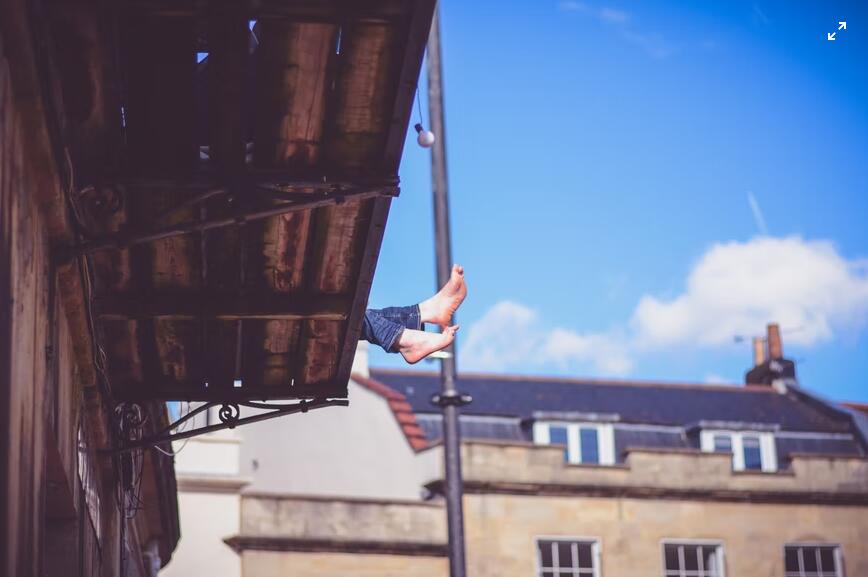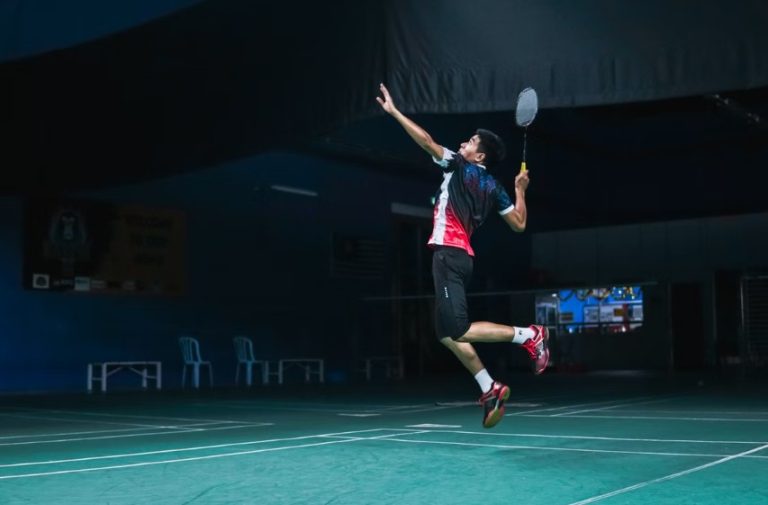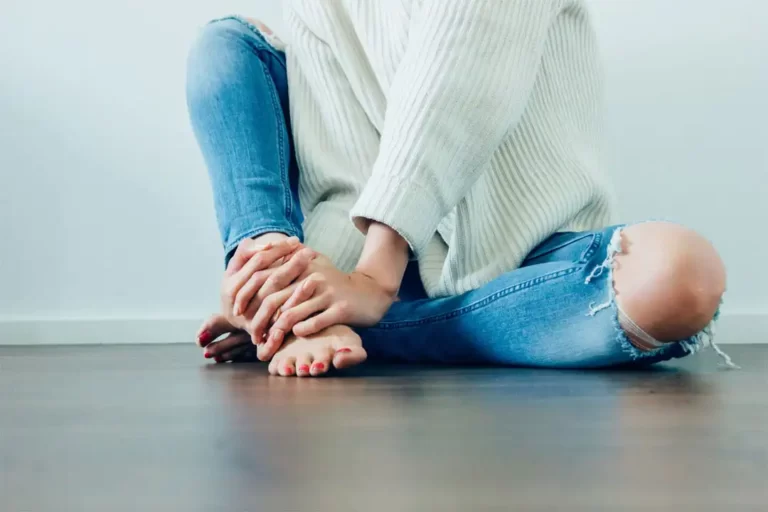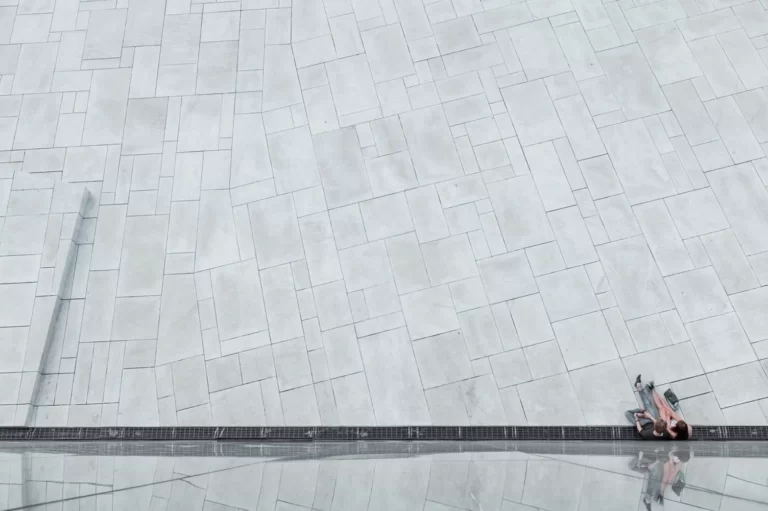How I Took Care Of My Flat Feet
Flat feet are a common condition that can lead to pain and discomfort for some people. Flatfeet also known as pes planus is a condition in which the arch of the foot is flattened. This usually occurs due to an abnormal development of the bones in your ankles, knees and hips.
What is flat feet?
Flat feet is a common condition that can affect people of all ages, including children. Flat feet are usually painless and do not cause any symptoms unless they are severely flattened. A foot with flat arches has less support than one with normal arches and may cause pain in the lower legs, knees or feet (plantar fasciitis).
In most cases, flat feet develop during childhood or adolescence but the problem can continue into adult life if left untreated.
Are flat feet common?
- Flat feet are very common. In fact, 70% of people have them to some degree.
- Women tend to be more prone than men to having flat feet. This is partly because they have wider hips and narrower ankles, which makes their arches less pronounced.
- Flat feet are also more common in children than adults due to the fact that kids’ bones are still growing and changing shape as they get older. As a child’s body grows, their arch will eventually develop normally on its own if it hasn’t already. If your child has flat feet, don’t worry—it isn’t permanent!
- People who weigh too much are more likely than others (especially those who do regular exercise) to develop flat feet because the increase in weight puts extra pressure on your joints and muscles, making it harder for your arches to stay supported properly by bones and ligaments in your foot or ankle area. If you’ve ever stepped on one of these inflatable exercise balls at the gym then you know how easy it is for something with no give like rubber or plastic underneath all those pounds of pressure against them!
Causes of Flatfeet
If you have flatfeet, it can cause a number of problems such as pain in the feet. However, there are ways to manage and treat flatfeet. Let’s look at some causes of flatfeet and how to manage them:
- Structural problem in the foot – Typically referred to as over-pronation where there is an inward rolling motion when walking on hard surfaces or running that creates instability within the foot causing it to flatten out during movement. Over-pronation occurs due to weak muscles and ligaments around the ankle joint which means they don’t provide enough support for your foot structure when walking or running on hard surfaces or uneven terrain (such as running up/down hills). This causes excessive strain on other areas within your lower body such as knees and hips which may result in further damage if left untreated.
- Children & older adults – Flatfeet are more common among children because their bones are still growing; therefore they need extra support while they’re still developing their bone structure through exercise and good nutrition (see below). Older adults tend towards having weaker muscles due to disuse so additional exercises can help improve strength around joints like ankles etcetera.”
What Are The Types Of Flat Feet?
Let’s get right to the nitty gritty. There are three different types of flat feet, each one with slightly different characteristics and treatment options:
- Type 1: The arch in your foot is flat, but not so flat that it causes pain or discomfort.
- Type 2: Your foot has a high arch, but it isn’t high enough to be considered normal (meaning that the middle of your heel has dropped more than two centimeters below the bottom of your toes when you stand on them).
- Type 3: When you look at someone with type 3 flat feet, it looks like their entire foot is turned outwards (called “overpronation”).
What are the symptoms of flat feet?
The symptoms of flat feet include pain, swelling and stiffness of the foot. Some people feel that their foot isn’t stable, or loose in their shoe. Others may have a feeling of being flat-footed or unable to bear weight on their feet properly.
If you are experiencing any of these symptoms then it is important that you visit your GP as soon as possible, who will be able to diagnose how severe your Flat Foot condition is with a simple examination.
Can flat feet affect exercise and sports participation?
If you have flat feet, then you may be wondering whether or not it will affect exercise and sports participation. The answer is yes. Flat feet can cause pain in the lower leg, knees and back. They can also make it difficult to run, jump or change direction as well as cause a person to limp.
You should consult with an orthopedic surgeon if you are experiencing any of these symptoms:
- Pain that worsens with running and walking
- Pain along the inside edge of your foot (medial arch)
- A feeling that something is “out” along the inside edge of your foot (medial arch)
Should I get my child’s feet checked for flatfoot?
If you are concerned about your child’s feet, it is important to see a podiatrist. Children can have flat feet, but they are usually not as flat as those of adults. If your child has already been diagnosed with a flexible flatfoot (also known as an unstable flexible flatfoot) then he or she may need the help of orthotics or braces.
If your child is experiencing pain in their foot due to their condition, they should also be seen by a podiatrist who can make sure that everything is healing properly and prescribe any necessary treatment such as physical therapy or injections if necessary.
Diagnosis of flat feet
Diagnosing flat feet can be a complicated process. If you think that you or someone in your family may have flat feet, here are some tips on how to tell if this is the case:
- Stand up straight with one foot raised and look down at your toes. If they tend to point inward, then it’s possible that the arch of your foot has given way for some reason and that this could mean that there is some sort of problem with the way your bones developed during childhood or adulthood (or both).
- Raise one leg up in front of you and place it against a wall so that its heel touches the wall behind where it meets with another leg just above where they meet at their middle section (where they would normally bend). Put pressure on both sides equally while doing so; if only one side gives way more than another does then again this could indicate problems with bone structure within either side (possibly both).
- Finally check yourself over using a mirror by looking at yourself from behind as well as from head-on when standing upright: if there appears to be any difference between left versus right sides then this too could indicate issues related to bone development during youth/adulthood cycles where growth spurts occurred unevenly across various sections within respective limbs’ lengths….
Is there a treatment option for flat feet?
There are several treatment options for flat feet, including orthotics and physical therapy. Orthotics are custom-made inserts that can be worn in shoes to help correct the alignment of your foot. They can also help alleviate pain and discomfort that result from having flat feet.
- Physical therapy: A physical therapist will work with you to strengthen the muscles in your lower legs and feet so that they support more weight on your arches correctly. This may mean working on specific exercises such as calf raises or toe flexions, but physical therapists are often also able to recommend other ways to strengthen these areas that don’t require equipment (such as walking up stairs or doing lunges).
- Orthotics: While most people think of an orthotic as something they wear inside their shoe when they’re standing still—which is true—it’s important not to overlook the benefits these devices provide while moving around on foot; when used properly, they provide support not just while standing but also during activity!
How to Prevention flat feet
As a flat-footed adult, you have come to the right place. Here are some things that you can do every day to help prevent flat feet from getting worse and make your life easier.
- Make sure that you are always wearing good shoes with proper support. This means that your shoes should have an arch support built into them, which will help prevent the foot from flattening out over time. You can also get custom insoles made for your shoes, but this option is not necessary if you already own good quality shoes with arch supports built in already.
- Never wear high heels for long periods of time without taking breaks every 30 minutes or so throughout the day when possible (and as often as possible). High heels put incredible stress on our arches while they’re being worn, which can result in permanent damage if done too much and too often over long periods of time (i.e., years).
- Take frequent breaks from sitting down during every day activities such as working at a desk job or sitting on public transportation during commutes/travels etcetera so that blood flow returns back up into our lower extremities like legs feet ankles knees hips shoulders etcetera which helps keep these areas healthy especially since we use them everyday! You’ll feel better too once standing up again after feeling sleepy due to low blood pressure levels caused by lack of movement!
Flat feet can be treated without surgery.
A wide range of treatment options are available for flat feet.
In some cases, flat feet can be treated without surgery. The treatment of flat feet depends on the severity of the condition. The following are some of your treatment options:
- Medications to reduce pain and inflammation, such as ibuprofen (Advil) or naproxen sodium (Aleve). These medications can be taken over-the-counter without a prescription or doctor’s visit but should only be used occasionally because they can cause stomach problems like bleeding ulcers if taken too often or at high dosages.
- Orthotics—special inserts that fit into your shoes to provide support to your foot in different ways depending on what type you have and what activity you’re doing (such as running or walking). They’re made from rigid plastic or soft foam materials with ridges to stimulate circulation while they help distribute pressure evenly across all parts of your foot so you’re less likely to get injured from pounding pavement during long runs or walks outside with friends!
Home remedies for flat feet pain relief
There are a few home remedies you can try to relieve the pain of flat feet.
- Rest your feet: Resting is one of the best ways to prevent further damage and help heal any existing pain or soreness. If your job doesn’t allow much time for rest, try taking frequent breaks throughout the day. If you have a desk job, invest in an ergonomically correct chair that supports good posture.
- Use cold compresses: To reduce swelling and inflammation after a long day on your feet, apply cold compresses before bedtime (or whenever you feel like it). Cold may also help relieve pain by reducing blood flow to painful areas
- Use a foot massager: After applying ice packs or taking breaks from walking around all day at work, give yourself some relief by using a foot massager while watching TV or reading books with your spouse/partner/friend!
- Use heating pads: To soothe sore muscles after being on them all day long without rest periods between shifts if possible then definitely use one as well; it’s better than nothing but not quite as effective as an actual massage therapist who knows what he/she’s doing when working those knots out from under our skin layers – which will only make matters worse if left untreated over time due to lack of knowledge about proper techniques used by experts who specialize in such things!
Does insole correct flat feet?
If you have flat feet, an insole would be a good option for you. An insole can help to relieve pain and discomfort that can come with flat feet. It will also help to improve your posture, balance, gait and athletic performance. In addition to improving your overall health and wellness, the use of an insole can increase the amount of time that you spend walking comfortably around the house or office on a daily basis.
Conclusion
Flat feet can be treated without surgery. Flatfeet are common and do not cause pain, but they should be monitored regularly. If you have flat feet, it’s important to wear appropriate footwear and consult a doctor if there are any other symptoms such as pain or swelling in your feet







